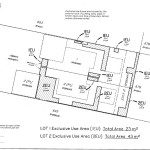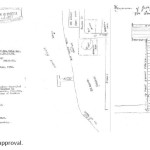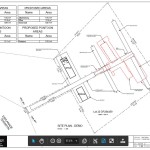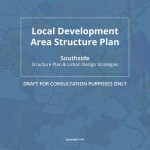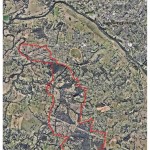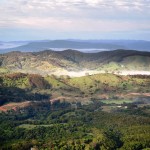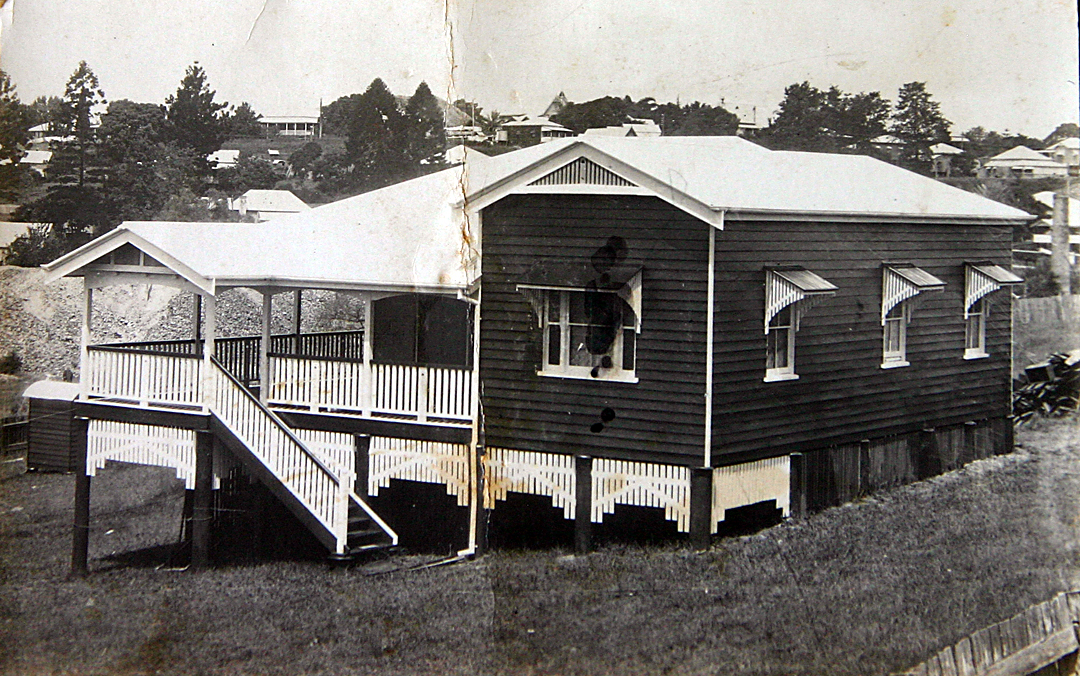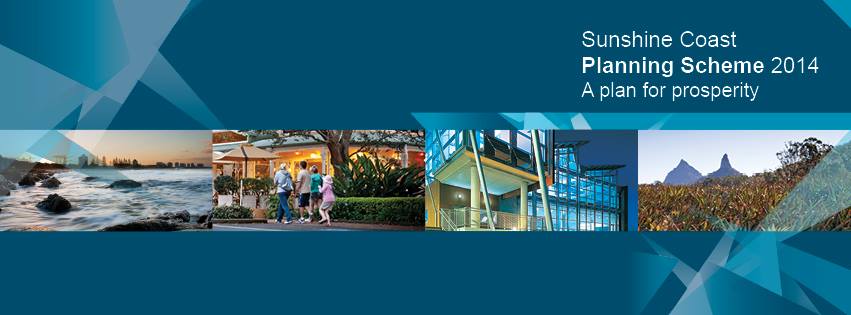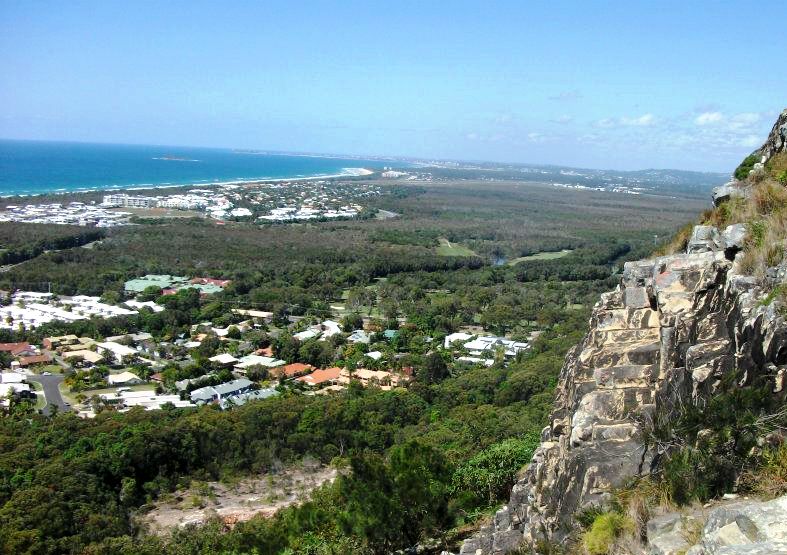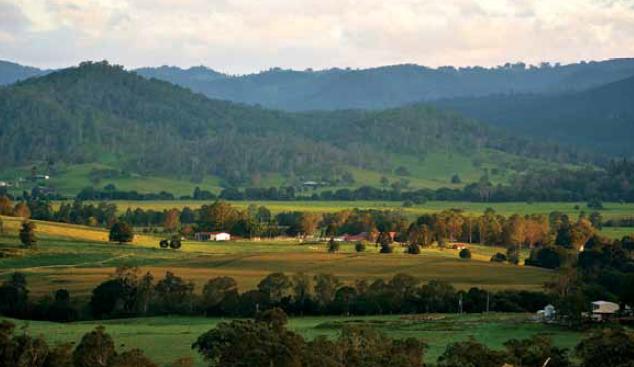Winter 2017
Welcome to our winter newsletter providing insights into local planning and development happenings in and around the Sunshine Coast and Wide Bay Regions. Topics for review include:
- Opinion Piece – The Upside of the Housing Bubble
- New Planning Act for QLD
- De-mystifying Duplex Developments
- Unit Titling Explained
- Rejuvenation for The Parkyn Brothers Jetty
We would love to hear any feedback about the articles and any suggestions you may have for future articles.
THE UP-SIDE OF THE HOUSING BUBBLE
Jack Lewis B.Sc Hons UNSW, M.Plan OTAGO
While the media focuses in on the negatives of the dreaded ‘housing bubble’ in terms of high house prices and home ownership becoming more out of reach for younger generations in capital cities, perhaps this ‘bubble’ can bring opportunities for the Sunshine and Cooloola Coasts?
The 1980s and 1990s was a time of significant growth here on the Sunshine Coast, with internal migration from Sydney and Melbourne at its peak. This was largely a reflection of the cheaper housing market (not having to pay such a high interest rate) and the ‘ideal’ of a better lifestyle. Are there parallels to today’s internal migration patterns?
Id. released an article last week about the release of the ABS Internal Migration Estimates titled What’s driving Sydney’s population exodus, which suggests a strong correlation between Sydney’s housing bubble and the current internal migration patterns. While not as pronounced as the ‘sea change’ migration of thirty years ago – many are leaving the city again.
As previous migrants moved to the Coast for a cheaper and better lifestyle, they changed once small country towns to suit their needs, what will the next generation of ‘sea changers’ bring with them? And how will they further change the landscape of the different communities of the Sunshine and Cooloola Coasts?
Even with new suburbs being created and old towns changing, let’s not forget why this place is still so desirable – our beautiful environment and National Parks – where one can cheaply enjoy the ‘bubbles’. I personally love the ‘bubbles’ of the Noosa National Park point breaks – even makes me jump in when the temperatures start to drop.
Change is Coming – New Planning Act for Queensland
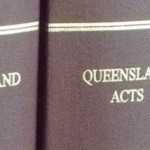 The new Planning Act 2016 (commencing mid-2017) establishes the overarching framework for Queensland’s planning system and provides the foundation for various elements of this system, including compiling new planning schemes, development assessment and dispute resolution. The new state legislation also establishes the rights, roles and responsibilities necessary for the system to work effectively.
The new Planning Act 2016 (commencing mid-2017) establishes the overarching framework for Queensland’s planning system and provides the foundation for various elements of this system, including compiling new planning schemes, development assessment and dispute resolution. The new state legislation also establishes the rights, roles and responsibilities necessary for the system to work effectively.
The new development assessment process retains a performance based approach and is underpinned by a set of guiding principles. These principles are intended to guide the way that all parties to a development application approach the development assessment process, and set the tone for expected behaviours throughout the process.
- Applicant-driven process – Reinforce the role that the applicant plays in streamlining the development assessment process.
- Process efficiencies – Emphasis on undertaking pre-application discussions with the assessment manager and with each referral agency to create process efficiencies.
- Holistic assessment – Enable a holistic assessment to be undertaken of the development application.
- Open communications – Encourage and facilitate open communications between the assessment manager, referral agencies and the applicant.
- Public notification – Facilitate effective public notification in the development assessment process for development applications that require public notification.
- User friendly – A more user friendly, navigable and transparent system that facilitates quality development outcomes.
Martoo Consulting has been actively involved with the Industry briefings and ongoing Council advice before the commencement on the 3 July 2017 (less than a month).
Come in and talk to our experienced planners that help explain the changes and how they impact your development interests or visit betterplanning.qld.gov.au/planning-reform
De-mystifying Duplex Developments
‘Duplex’ or ‘Dual Occupancy’ are terms to describe two dwelling units on a single lot. Martoo Consulting staff has been involved with the design and approval process for numerous duplex developments over the last 2 decades on the Sunshine and Cooloola Coasts. The following provides a summary of Council’s approval process and common issues.
Noosa Council
Duplexes are allowed in the Semi Attached and Attached Housing Zones (usually areas near town centres). A planning application is required (Operational Works application free if lodged with the planning application). Common issues encountered during the design stage are: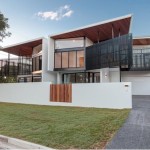
- Interpretation of bedroom / media rooms;
- Overlooking and screening;
- Earthworks, drainage and landscaping of the frontage;
- Parking and Maneuvering to leave site in forward gear.
Sunshine Coast Regional Council
Unlike Noosa, Dual Occupancy units are allowed in all residential zones (including Low Density Residential). They are Self-Assessable in Low Density Residential zone, where not adjoining another duplex and on a site >800m2. A planning application is required for dual occupancy developments on sites <800m2 and are regularly approved if the design meets the site cover, open space, landscaping and parking provisions. Common Issues encountered during the design stage are: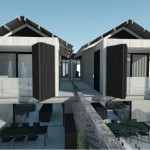
- Providing 50m2 of private open space for each unit at ground level;
- Earthworks and drainage;
- All development works need to be signed off by a registered engineer.
Gympie Regional Council
Duplexes are supported in both the urban residential zones, being the Residential Living Zone and Residential Choice Zone. A planning application (material change of use) is also required for dual occupancies in both zones. The minimum preferred lot size for this development is 500m2 in the Residential Choice Zone and 750m2 in the Residential Living Zone within Gympie’s urban area. Gympie Regional Council support dual occupancy proposals when compliant with the design preferences in the relevant zone code in relation to maximum building height, the provision of private open space, boundary set-backs etc.
Would you like an Outdoor Area with your unit?
SFP/GTP or BFP/BUP – Unit Titling Explained
When commencing any multi-unit development, an important aspect which is often an afterthought in the titling process is the legislative requirements for the boundaries of lots and common property. This is an important issue which should be discussed at the start of the development process, and can assist to reduce delays in the issue of tile deeds. The right titling could potentially add significant value to the unit price, and minimise the potential for related body corporate disputes later on.
Building Format Plan (BFP)
The most common form of unit titling is a Building Format Plan (previously known as a Building Unit Plan (BUP)) and defines the unit areas by the structural elements of a building (e.g. the centre of walls). This titling applies to multi-storey unit complexes and is often referred to as strata titling.
The lot owner is generally responsible for the inside of the walls, and the body corporate is responsible for maintaining the outside of the building, foundations, roof, and essential structural elements of the building even if they are not on common property, roads, gardens and lawns on common property.
Exclusive Use Areas are usually drawn up to demarcate the area the owner has the benefit of, unless the ‘exclusive use’ provisions in the Community Management Statement (i.e. Body Corporate By-Laws) state otherwise. This form of community titling does not require a subdivision approval.
However, the local government does not need to issue a certificate for the survey plan and the Community Management Statement to confirm that these comply with state planning legislation.
Standard Format Plan (SFP)
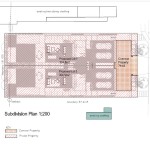
An example of a Standard Format Plan defining the individual lots and the common property along the driveway.
A Standard Format Plan in a community titles scheme (previously known as a Group Title Plan (GTP)), defines land using marks on the ground or the outside of the building. This titling can apply to townhouse complexes where each lot owns the building and a ‘yard’.
The benefit of this form of titling is there is usually less common property and as a result there is less body corporate maintenance. Each lot owner is responsible for the inside and outside of their building, foundations, utility infrastructure, lawns, gardens and driveways inside their lot.
However, because this titling involves the subdivision of land, a subdivision application is required with Council. The subdivision is usually undertaken at the same time as the planning approval (i.e. Material Change of Use) for the building/s as a combined application, as the resultant lot sizes are usually smaller than a lot subdivision that is not in a standard format Community Titles Scheme.
Rejuvenation for The Parkyn Brothers Jetty
Martoo Consulting is pleased to report that The Parkyn Brothers Jetty in Tewantin has been approved for upgrading to provide a contemporary jetty and floating pontoon facility.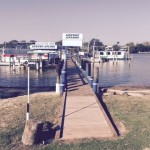
In place since 1951, the jetty has been used for transport, fishing and houseboat hire. Martoo Consulting has worked closely with Noosa Council and State Government over the last 18 months to secure the extension to the lease and planning approvals for the jetty redevelopment.
The redevelopment includes the addition of a new storage building designed to be sympathetic to the existing uses on the Noosa River; relocation of the reception and storage area will improve public safety and security by locating it closer to the jetty entry; and the replacement of the existing jetty with a wider jetty with hand rails to comply with current anti-discrimination (disability access) and building standards.
Works are set to commence in the coming weeks ahead of the jetty’s reopening for another busy Spring/Summer in Noosa.
Other Recent Successes for Our Clients
Other approvals this year in which Martoo Consulting has collaborated with our valued clients in delivering successful approvals include:
Commercial / Resort
- Changes to Viridian Resort, Noosa Heads
- Restaurant, Noosa Junction
- Changes to Units and Shops, Noosaville
- Changes to Settlers Cove Resort, Noosa Heads
- Office, Imbil
- Shops, O’Connell Street, Gympie
Subdivisions
- Subdivision, Doonan
- Subdivision, Dulong
- Subdivision, Pie Creek
- 14 lot Subdivision, Imbil
- Subdivision, Glastonbury
- Subdivision, Cootharaba Rd Gympie
- Subdivision, Chatsworth
- Subdivision, Imbil
- Subdivision, Myall St Gympie
Residential
- 15 Residential Units, Gympie
- Units Crank Street, Sunshine Beach
- House, James Street, Noosaville
- Duplex, George Street, Noosaville
- Duplex, Werin Street, Tewantin
- Residential Units, James St Noosaville
- Residential, Imbil
- House within the Coastal Building line, The Esplanade Teewah
Other
- Macadamia Nut Production, Monkland
- St John’s College Nambour Extension
- Agricultural Glasshouses, Caboolture
- Industrial, Rene Street, Noosaville
- Industrial, Yandina
- Industry, Fairview Road, Monkland
- Commercial Jetty Redevelopment, Tewantin
- Extensions to Surf Club, Rainbow Beach
- Extractive Industry, Kybong
- Extensions to Church, Southside Gympie
- School extensions, Southside Gympie
“Growth is inevitable and desirable, but destruction of community character is not. The question is not whether your part of the world is going to change. The question is how.”
Edward T. McMahon, The Conservation Fund
